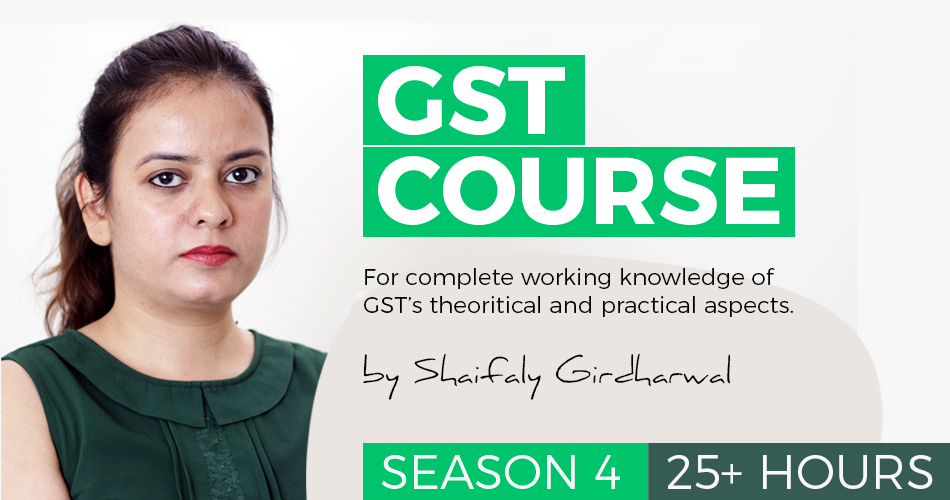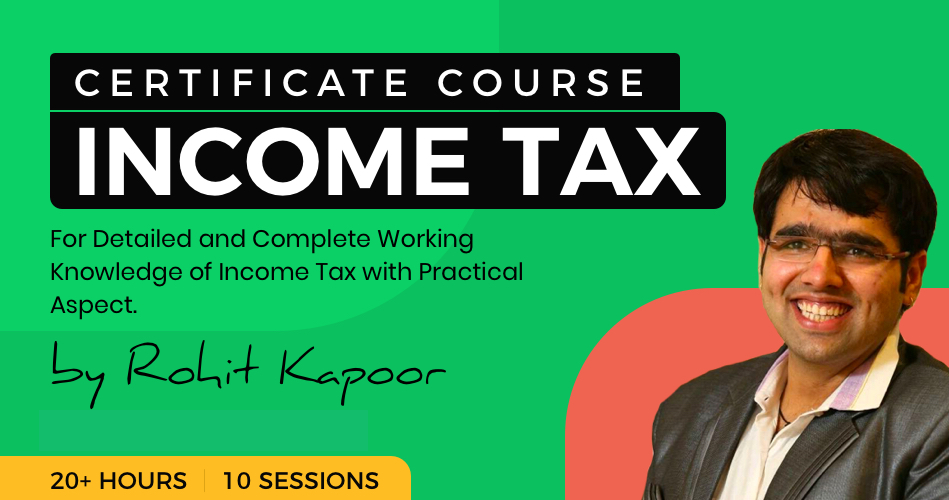Application of the Curious case of Mineral Area Development Authority on GST disputes involving land
Recently, the Hon’ble Supreme Court, in a nine-judge constitutional bench has held that royalty is not a tax, and the State Government can levy tax on minerals under Entry 50 of List II or on mineral bearing land under Entry 49 of List II of the Constitution of India.
Whilst the above order would see demand notices for payment of tax under reverse charge mechanism on royalties and dead rent paid by the taxpayers to the Government w.r.t mineral rights, the judgement has also set a base for judicial developments w.r.t taxability pertaining to land related activities such as development rights, leasehold rights in land etc. and some other miscellaneous aspects. Such aspects are as discussed below;
- Federalism principle – Time and again judiciary has been asserting an equal weightage to Center and State. The court has now again upheld the same principle in other laws such as tax on minerals as well as GST.
- No superiority without a conflict: – A provision can only be superior to another if there is a conflict. However, we cannot create conflict in provisions just to give superiority to one over the other only because the one provision is notwithstanding the whole Act.
Eg. Reading Section 16(4) of the GST Act inferior to Section 16(2) of the GST Act is not allowed since there is no apparent conflict between the two hence, there cannot be any superiority especially since it would render Section 16(4) otiose.
- Contractual charge, even if statutory, is not a tax: – If a levy is contractual, even if it is statutory, does not automatically becomes a tax. This would apply to a number of payments being made to local bodies etc. which are statutory in nature. Thus, a re-assessment of GST payable under reverse charge is required for all such payments.
- Entry 18 and Entry 49 cannot be read together: – Whilst Entry 18 of List II allows the State Government to regulate land rights but Entry 49 allows the State Government to tax only land and buildings. Many professionals have been using Entry 18 to interpret Entry 49 to say that the ambit of land in Entry 49 includes rights as well thus, State Government is solely empowered to levy GST on land rights such as development rights and leasehold rights etc.
However, such a line of interpretation was erroneous since it has been time and again held that legislation entries [such as Entry 18] cannot be read to interpret taxing entries [such as Entry 49]. This principle has now been confirmed once again. Consequently, GST on development rights and lease hold rights may not find complete resolve in Entry 49 basis this argument.
- Public trust doctrine vis-à-vis tax on land: – Can the public trust doctrine be made applicable to taxability of land through TDR and leasehold rights since the duality of tax on land [i.e. stamp duty and GST] makes it impossible for the weak Section of society to acquire the land. In essence, can public trust doctrine be made applicable to make a natural resource affordable?
- Activities and their consideration are distinguishingly identifiable: – The court has very beautifully carved out the substance as to why royalties are collected and the basis for calculation of such royalties. Consequently, basis the substance, can a joint development agreement resulting in sale of land be broken into two activities and while the former may be susceptible to tax, the latter should not.
- Superiority of ownership rights in the bundle:– The court has beautifully distinguished between ownership rights and other rights while upholding that the ownership rights are superior and any other right on any property are inferior. Thence, clarifying indirectly that transfer of development rights, no matter whatever it results into, cannot in itself be treated as transfer of ownership rights for the purpose of taxing the same under GST.
- Entry 49 of List II does not include tax on activity in relation to land: – It has been a settled legal principle, although not properly propagated that Entry 49 of List II only allows State Government to tax land as a unit. Therefore, Union Government is empowered to levy tax on any activity in relation to land and building.
Consequently, it may not be possible now to argue that leasehold rights and development rights are only preserved for the State Government to tax and thus, GST cannot be leviable on such activities.
- Relationship between levy and measure to calculate such levy: – Another beautiful principle which has been upheld is that there has to be a relationship between the levy and the value on which such levy is applied.
Applying this on taxability of development rights, one can argue that the monetary value of whole consideration received by the landowner qua the development rights [which includes value of land] may not be taxed under GST and any value assignable to the development rights of the land may only be taxed.
To conclude, litigations pertaining to the land related activities are now a ball game only for the valuation mechanisms barring the challenge to the definition of service not including immovable property argument. Nevertheless, it would be a base to now devise an appropriate litigation strategy with arguments that can survive the judicial scrutiny.
(Authored by CA Pooja Jajwani, can be reached at jajwanipooja@gmail.com)
 Pooja Jajwani
Pooja Jajwani
Ahemdabad, India







